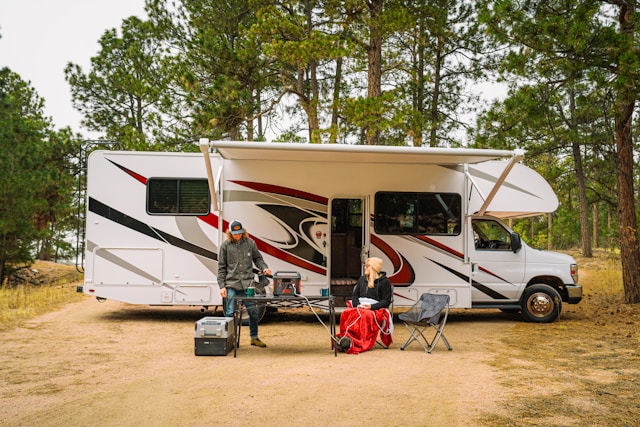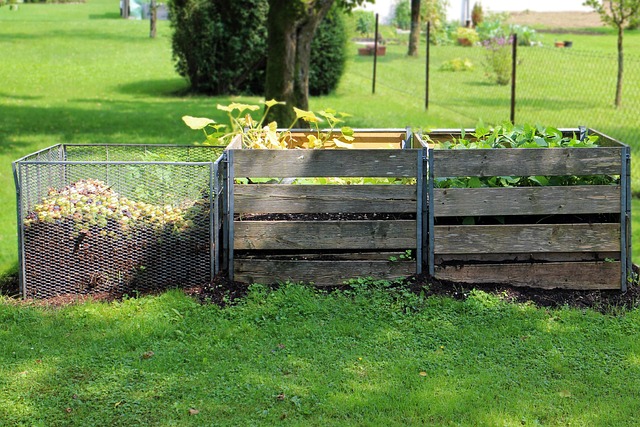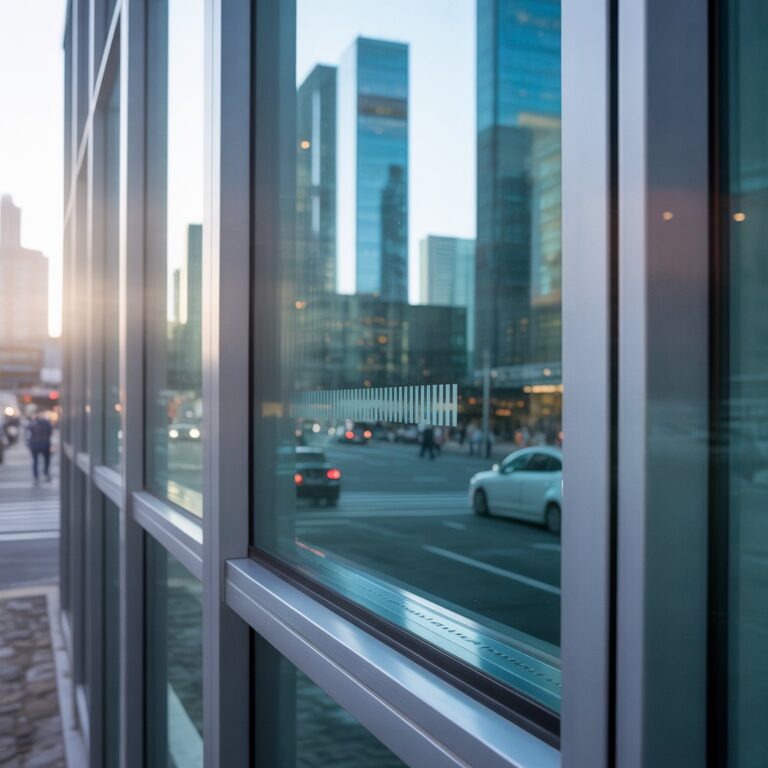Portable power stations vs. generators, sizing, safety, and hybrid strategies for silent, stable power at scale.
When the lights go dark and the music cuts out at an outdoor festival, crowd confidence drops fast. Power failures aren’t just inconvenient—they can end shows, trigger refunds, and damage gear. Delivering reliable power off-grid is hard, and the classic diesel generator brings trade-offs: noise, local emissions, and ongoing maintenance/fueling. Typical generator sound ratings run from roughly the mid-50s dBA (quiet inverter units) into the 70s–80s dBA range (larger open-frame models), measured at ~7 m (23 ft)—a level that can conflict with performances and local ordinances.

Enter modern portable power stations (PPS): battery-based, inverter-driven units that deliver silent operation and zero local/operational emissions while running. Their pure sine wave AC output is typically designed for low THD (total harmonic distortion), protecting sensitive audio, lighting, and control electronics—<3% THD is the common “clean power” benchmark for electronics.
Quick takeaway: For many small/medium stages, vendor rows, and audience amenities, PPS offer quiet, clean power with simple ops. For very high, continuous loads or multi-day events, a hybrid (generator + battery) usually wins on uptime and fuel efficiency.
The Critical Role of Portable Power Stations at Events
Why PPS help:
- Silent runtime (audience- and performance-friendly).
- Stable power quality (low THD for mixers, DSP, LED fixtures, projectors).
- Lower operational complexity (no fueling during show windows).
Important caveats:
- Weather protection: Many PPS are not waterproof; check the product’s IP rating and use protective enclosures/bags. (Examples: some models have IPX4 or IP54 resistance; others rely on separate waterproof covers.)
- Runtime is finite: Plan energy (kWh), not just watts. Solar and/or generator charging may be needed for long shows.
Power Output & Clean Power for Pro Gear
Professional gear demands both capacity and quality:
- Audio: mains + subs + monitors, consoles, and processing often run best on inverters with low THD to avoid hum, hiss, or clipping artifacts.
- Lighting: LED fixtures radically reduce watts vs. legacy tungsten, but moving heads, strobes, and pixel maps can create peaks—design for diversity and headroom.
Boost Modes : What They Do & Don’t Do
Some portable power stations include “boost” modes that let certain higher-wattage appliances run on a lower-rated inverter by reducing output voltage. This can help with specific resistive loads (e.g., kettles, space heaters), but it does not increase the unit’s continuous AC output rating and isn’t suitable for all devices—especially electronics that need tight voltage regulation or inductive motors (compressors, pumps) that require proper startup voltage.
Use it as a situational tool, not “extra watts.”
- Good for: brief/heavy resistive loads when you’re capacity-constrained.
- Avoid for: sensitive audio gear, lighting control electronics, and large motor loads unless the manufacturer explicitly allows it.
- Best practices: keep ≥20% headroom, test on non-critical gear first, label any “boosted” circuits, and disable boost during audio-critical moments to preserve power quality.
Sizing Your Event Power (Watts → kWh → Headroom)
- Inventory devices by zone (stage, vendors, site/egress lighting, FOH, charging).
- Estimate duty cycle (continuous vs. intermittent).
- Add headroom (≥20%) for peaks and last-minute adds.
- Convert to energy for runtime:
Example: Average load 8,000 W × 6 hours × 1.2 safety factor = 57.6 kWh required.
Mini Sizing Worksheet
| Device / Zone | Rated Watts | Duty Cycle | Hours | Energy (Wh) |
| Main PA + Subs | 3,000 | 0.6 | 6 | 10,800 |
| LED Rig (Stage) | 2,000 | 0.5 | 6 | 6,000 |
| Vendor Refrigeration (x4) | 700 ea. (2,800) | 0.7 | 6 | 11,760 |
| Misc. (FOH, intercom, chargers) | 1,200 | 0.4 | 6 | 2,880 |
| Subtotal | 9,000 | — | — | 31,440 |
| +20% headroom | — | — | — | +6,288 |
| Planned Energy | — | — | — | 37,728 Wh (≈37.7 kWh) |
Tip: Keep continuous discharge within ~60–80% of a PPS’s max rating for thermal comfort and audio stability.
Noise & Power Quality at a Glance
| Solution | Typical Noise @ ~7 m | Power Quality (THD) | Notes |
| Portable Power Station | Silent | Often <3% THD | Weather protection varies by model/IP rating. |
| Inverter Generator | ~48–60 dBA (small models; load-dependent) | <3–5% THD typical for “clean power” inverters | Good for long runtimes with refueling; still audible. |
| Conventional Open-Frame Generator | ~70–85+ dBA (size/load-dependent) | Higher THD (not ideal for sensitive gear) | Cheaper per kW but louder and “dirtier.” |
When Generators Still Win (Be Transparent)
- Very high continuous loads (big stages, 100–400 A services).
- Multi-day runtime where fueling beats battery swaps/charging.
- Extreme weather where IP-rated gear/enclosures are mandatory.
- Cost per kW at scale.
For these cases, consider inverter generators (quieter, cleaner power) and a hot spare or automatic transfer approach to protect headliners and critical infrastructure.
The Hybrid Strategy Most Pros Use
Generator + Battery (PPS) + Solar
- Run the show on battery for silence and stable THD.
- Charge the PPS when it’s least disruptive (sound checks, breaks), often keeping the generator in its most efficient load band.
- Add solar for daytime top-off and fuel savings. Large events (and even F1) increasingly document hybrid deployments to reduce noise and local emissions without sacrificing uptime.
Implementation Guide: Step-By-Step
Pre-Event
- Build load sheets by zone (continuous vs. peak).
- Create a power map (circuits, cable runs, PPS/generator placement, charging stations).
- Assign redundancy to critical circuits (FOH, emergency lighting, comms).
- Plan charging cycles (generator/solar windows) and weatherproofing (IP-rated gear, covers, elevated platforms).
Operational Best Practices
- Monitor real-time load & SOC; set alerts at ~80% capacity.
- Prioritize essential services during peaks (shed non-critical decorative loads).
- Use parallel/linked PPS (where supported) to distribute loads and enable hot-swaps without dropouts.
- Position solar unobtrusively (roofs, scaffolds), harvesting daytime for evening shows.
Safety, Compliance & Inspections (Don’t Skip This)
Temporary event power is typically inspected under NEC Article 525 (“Carnivals, Circuses, Fairs, and Similar Events”). Work with your Authority Having Jurisdiction (AHJ) and follow checklists for GFCI protection, cord covers, bonding/grounding, overcurrent protection, and equipment guarding. Document your layout and be ready for on-site changes.
Vendor-Neutral Landscape (Options to Compare)
- PPS brands: EcoFlow, Bluetti, Jackery, Goal Zero, Anker—compare usable capacity (kWh), continuous/surge watts, THD specs, IP rating, and parallel/expand options. Some models offer IP-rated construction (e.g., IPX4/IP54) or waterproof protective bags for event use.
- Inverter generators (fuel): Honda EU-series and peers for quieter, lower-THD power when battery alone isn’t practical.
FAQ
Q: Can a portable power station run professional audio and lighting?
A: Yes—if you size correctly and the inverter provides low THD (≤3%). Keep headroom (≥20%) and avoid repeatedly hitting peak output; audio quality benefits from stable voltage and clean sine waves.
Q: Are PPS units weatherproof?
A: It depends. Many require protective bags/enclosures. Look for explicit IP ratings (e.g., IPX4/IP54) and shield them from direct rain and puddling.
Q: What exactly does X-Boost do?
A: It reduces output voltage to let some higher-wattage appliances run on a lower-rated inverter. It does not raise the PPS’s continuous AC rating and isn’t suitable for all devices (especially those with strict voltage requirements).
Q: What about permits and inspections?
A: Coordinate early with your AHJ; many jurisdictions apply NEC Article 525 to temporary events and will inspect cord protection, GFCI, grounding, and overcurrent protection.
Conclusion: Choose Quiet, Add Hybrid, Design for Uptime
Portable power stations have reshaped event power: silent, clean, and simple for many use cases. For bigger or longer shows, a hybrid plan (generator + battery + solar) blends silence during performances with efficient charging windows—often cutting fuel, noise, and risk. Start with a load sheet, convert to kWh, add 20% headroom, and align with Article 525 and your AHJ. With the right mix, you’ll keep the sound crystal-clear, the lights stunning, and the crowd happy.






